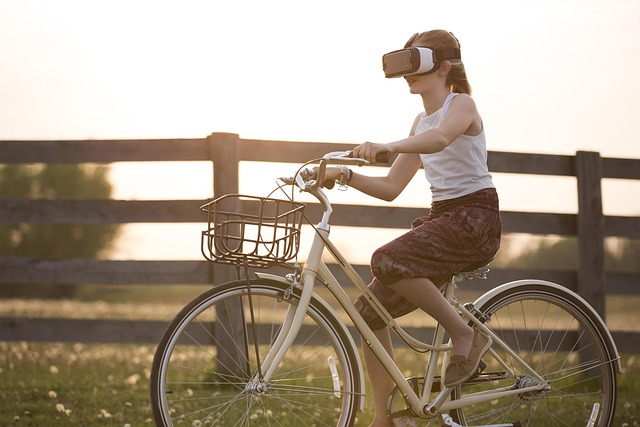As technology continues to evolve, so too do the methods of learning available to students. One of the most innovative shifts in education is the emergence of virtual study groups, bringing together students from diverse backgrounds in immersive digital environments. Today, the blend of virtual reality (VR), augmented reality (AR), and the metaverse offers new possibilities that enhance collaboration and enrich the learning experience.
Imagine stepping into a virtual classroom where classmates from different parts of the world gather, each represented by a digital avatar. This scenario is now a reality thanks to virtual study groups leveraging VR technology. Students can engage in discussions, work on projects, and conduct brainstorming sessions as if they were sitting in the same room. The advantage of this immersive experience is the heightened engagement and interaction that traditional classroom settings may lack.
Incorporating AR into virtual study groups further amplifies their effectiveness. With AR, students can overlay digital information onto physical environments, providing a unique way to visualize complex concepts. For instance, when studying biology, students can explore a 3D model of a human body, examining organs and systems in real-time while discussing findings with their peers. This hands-on approach makes learning more tangible and memorable.
The metaverse, a collective virtual space that merges physical and digital realities, has also opened new doors for students. In the metaverse, virtual study groups can transition from simple discussions to simulated experiences that mimic real-world scenarios. Imagine a history lesson set against the backdrop of ancient Rome where learners can walk through the streets, interact with holographic figures, and witness historical events unfold. Such enrichment fosters a deeper understanding and connection to the subject matter.
Furthermore, the use of virtual study groups promotes inclusivity in education. Students who may struggle with traditional learning methods or who have disabilities that hinder physical attendance can now participate fully in a collaborative and supportive environment. The flexibility of studying from home or anywhere with internet access eliminates geographical barriers, allowing a diverse range of students to come together to learn and grow.
These technological advancements not only stimulate engagement but also equip students with the skills they will need in the near future. As workplaces increasingly adopt digital collaboration tools, the experience gained in virtual study groups helps prepare learners to navigate a rapidly changing job landscape. The ability to work effectively in virtual environments is becoming a vital skill, and embracing these technologies early can give students a competitive edge.
While there are challenges to consider, including the accessibility of technology and the need for adequate training, the potential of virtual study groups to transform education is undeniable. As we adapt to new ways of learning, embracing virtual reality, augmented reality, and the metaverse may ultimately lead to more effective and engaging educational experiences for all students. The future of education lies in our ability to blend realities and create dynamic, collaborative learning environments that inspire curiosity and foster knowledge.



